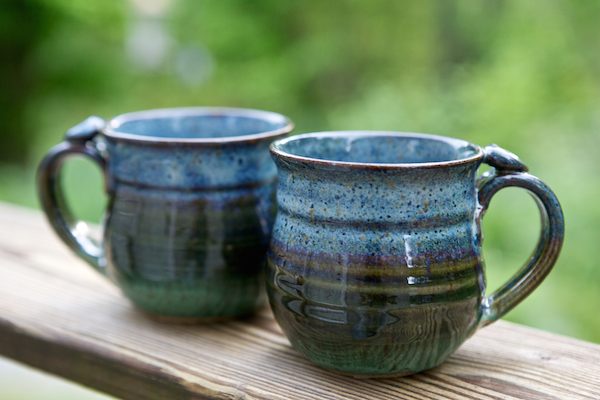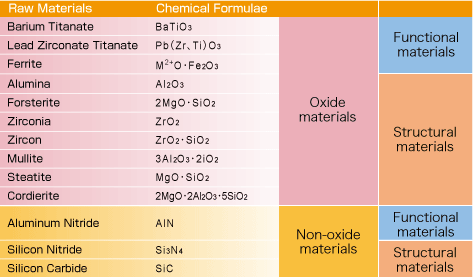Ceramic materials are inorganic non metallic materials made from compounds of a metal and a non metal.
Define ceramic materials also explain any four 4 types of ceramics.
Up to the 1950s or so the most important were the traditional clays made into pottery bricks tiles and the like also cements and.
It is usually made up with tri axial composition.
A ceramic material is an inorganic non metallic often crystalline oxide nitride or carbide material.
Ceramic materials can be identified by their general properties like high hardness brittleness chemical stability and low thermal conductivity.
China clay 60 67 potash feldspar 17 30 quartz 10 15.
It also translucent in nature.
They withstand chemical erosion that occurs in other materials subjected to acidic or caustic environments.
These material properties are utilized to produce number of commercial and domestic products such as pottery bricks advanced functional items etc.
They are formed by the action of heat and subsequent cooling.
Advanced ceramics and traditional ceramics are the main categories of ceramic materials.
Ceramic and materials engineers are the people who design the processes in which these products can be made create new types of ceramic products and find different uses for ceramic products in everyday life.
Porcelain is a vitrified and a non porous ceramic ware.
Some elements such as carbon or silicon may be considered ceramics ceramic materials are brittle hard strong in compression and weak in shearing and tension.
Ceramic materials may be crystalline or partly crystalline.



/hands-of-male-potter-holding-finished-vase-in-workshop-665479463-596284a15f9b583f180d5a3c.jpg)
























